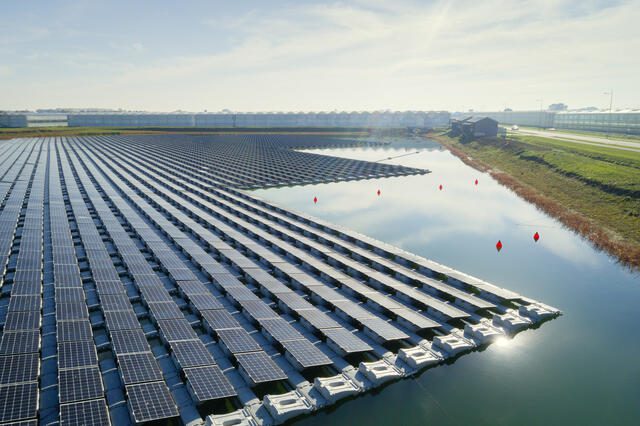It’s easy to identify the biggest climate threats: coal and oil-fired power stations pouring emissions into the atmosphere, heavy industry smoking up the sky, and the seemingly endless traffic jams of petrol and diesel polluting vehicles.
But another enemy is standing in the way of a greener future; one rarely mentioned because it’s effectively invisible: our legacy energy infrastructure.
Our electricity grids were built long before we knew about, or understood, the threat of climate change. This centralized infrastructure was designed to support a society primarily focused on economic prosperity, industry innovation, and energy security, not emissions.
Fast forward to today, and we’re making progress with decentralized renewable energy generation, with green power capacity rising and underlying costs plummeting. On the demand side, we see more connected and energy-hungry devices – at home, at work, and in industrial settings. Yet, our grids remain largely the same: centralized and struggling to cope as the supply-demand or weather patterns change.
This situation cannot remain as it is – power systems carrying smart and clean electricity must form the foundation of our net-zero world. If we are serious about climate change, we urgently need to invest in something that isn’t much talked about unless there is an outage: the grid.

Renewables will make the grids of the future stronger
We’ve made incredible progress in green energy over the last two decades. Since the turn of the century, the price of renewable electricity has dropped exponentially, often making clean energy a significantly cheaper choice for a large generation. Worldwide, solar photovoltaic (PV) solution costs dropped by a staggering 82% between 2010 and 2019, while the price of electricity from solar declined by 89% from $359 per megawatt-hour to just $40 in the same period.
Unfortunately, legacy energy grids were not designed to support dispersed renewable energy generation. We are already starting to see energy grids creak under the pressure of supply and load fluctuations caused by abnormal weather conditions – themselves the product of climate change. And demand is only going to get higher as the world digitizes further and moves en masse from internal combustion engines to electric vehicles (EVs). Smart decentralized grids, on the contrary, will be strengthened by dispersed renewable generation, genuinely creating a path to the net-zero world.
Smart grids are crucial to providing efficient, resilient, and future-proof energy supply. What’s more, they enable us to predict, detect, and prevent outages before they happen. Technologies such as
Advanced Distributed Management Solutions (ADMS) and IT-OT platform integration proactively identify likely power cuts, pinpoint the exact location of emerging grid instabilities, and self-heal using automated switching. These technologies will be central to increasing the share of renewable energy up to 40% by 2040.
Smart grids do not cost the Earth
Upgrading our energy infrastructure is a once-in-a-century opportunity, and there is simply no putting it off any longer. Without smart, decentralized, bi-directional grids, it will be impossible to build the capacity and resilience the network needs to support the planned surge in demand for clean power.
But while the cost of achieving net-zero by 2050 in the UK alone is estimated at over 1 trillion pounds, upgrading our grid infrastructure can be achieved without placing a massive burden on bill payers. The answer is to think globally but act locally while taking advantage of innovative technologies and funding structures.
Take the example of Montgomery County in Maryland, which undertook a project to install two advanced microgrids and upgraded aging electrical infrastructure to improve resilience and sustainability. The county signed a 25-year Energy-as-a-service (EaaS) agreement, a long-term contract, with Schneider Electric and Duke Energy Renewables. This type of Public-Private Partnership (PPP) demonstrates how local authorities worldwide can bring microgrid benefits to citizens in a way that is both effective and affordable.
This approach is transforming and decarbonizing cities and industrial operations, while a wider adoption of new solutions allows us to bring down both the cost and complexity.
Over the next 30 years, the world will generate up to 78,700-terawatt-hours worth of electricity, a three-fold increase from 2018. Advanced and hybrid AC/DC microgrids, new technologies, and innovative financing solutions will all play their part in solving the greatest challenge of our times – climate change – by delivering clean, reliable, and sustainable energy through the power of partnerships.
To bring our net-zero future to fruition faster, partnerships in the energy space must be harnessed for green sustainable innovation. We know that decentralized energy systems are the future. But when sustainable solutions – like smart grids – seem too complex or expensive to tackle for a single organization, it’s time to ask for expert advice. After all, together, we can reshape the narrative around the grid and turn it into the hero of our sustainability story.



